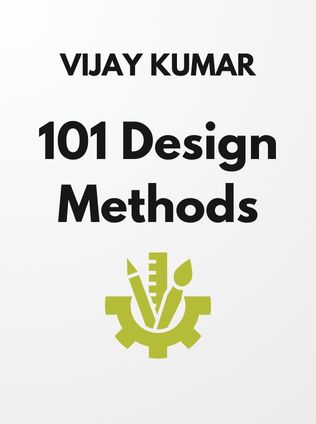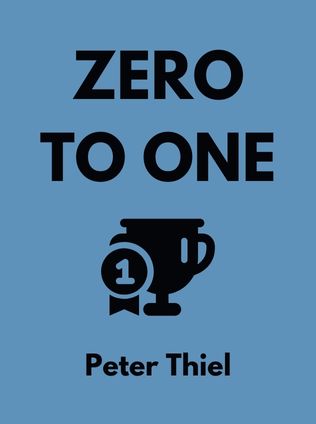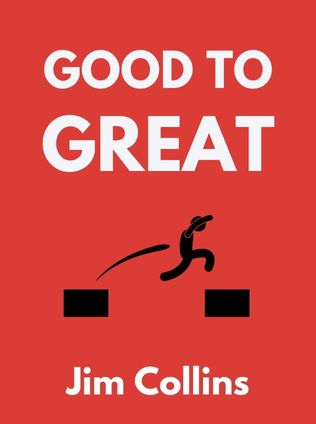
101 Design Methods
A Structured Approach for Driving Innovation in Your Organization
By Vijay Kumar
Published 07/2012
About the Author
Professor Vijay Kumar is a visionary in the field of innovation management, widely recognized for his systematic approach to driving creative processes within organizations. His expertise spans decades of work in design, innovation, and strategic planning, which he has honed through his academic position at the Institute of Design at Illinois Institute of Technology, as well as through his consultancy roles with major corporations. Kumar's work emphasizes the importance of structure and methodology in innovation—a field often perceived as being dominated by unpredictability and spontaneous creativity. His book, "101 Design Methods," encapsulates his philosophy that innovation can be systematically managed and executed, just like any other critical business function.
Main Idea
In "101 Design Methods," Kumar challenges the conventional wisdom that innovation is an elusive, unpredictable process that cannot be planned or managed. Instead, he argues that innovation can be systematically organized through a disciplined approach, much like any other project within a business. The key, according to Kumar, is understanding that innovation is a multifaceted process that requires the integration of various perspectives and the free flow of ideas across different departments. His book provides a comprehensive guide to managing innovation projects, breaking down the process into seven distinct tasks, each of which can be planned, scheduled, and methodically executed.
Kumar’s approach is both practical and adaptable, offering a variety of tools and techniques—what he refers to as "methods"—that can be applied at different stages of the innovation process. By following these methods, companies can not only foster a culture of creativity and collaboration but also ensure that their innovation projects are consistently successful in bringing new products and services to market.
Table of Contents
- Introduction to Innovation Management
- Seven Tasks for Managing Innovation
- Task 1: Developing a Clear Idea of What You Intend to Accomplish
- Task 2: Defining Your Operating Environment
- Task 3: Understanding Your Stakeholders
- Task 4: Developing a Mental Model
- Task 5: Brainstorming Solution Elements
- Task 6: Assembling and Evaluating Comprehensive Solutions
- Task 7: Planning to Implement the Solution
- Tools and Techniques for Innovation Projects
Introduction to Innovation Management
Innovation is often seen as a mysterious, unpredictable force that only a few visionary companies can harness. However, Professor Vijay Kumar argues that this perception is a myth. He asserts that innovation, like any other business activity, can be systematically managed. This is not to say that innovation is easy—far from it. It involves navigating complex and often conflicting interests within an organization, as well as addressing the needs and desires of customers, stakeholders, and the broader market. But by breaking down the process into manageable tasks and applying the right tools and techniques, companies can increase their chances of success.
Kumar emphasizes that the first step in managing innovation is recognizing that it is a process—a series of tasks that can be planned, executed, and evaluated. This process-oriented view of innovation is what sets Kumar’s approach apart from others. Rather than relying on sporadic bursts of creativity or the inspiration of a few individuals, Kumar advocates for a structured approach that involves the entire organization.
Seven Tasks for Managing Innovation
Kumar’s innovation management framework is built around seven key tasks. These tasks represent the major steps that any innovation project must go through, from the initial conception of an idea to its final implementation. Each task is designed to address a specific aspect of the innovation process, ensuring that all necessary considerations are taken into account.
Sign up for FREE and get access to 1,400+ books summaries.
You May Also Like
The Life-Changing Magic of Tidying Up
The Japanese Art of Decluttering and Organizing
By Marie KondoThe Lean Startup
How Today's Entrepreneurs Use Continuous Innovation to Create Radically Successful Businesses
By Eric RiesWho Moved My Cheese?
An Amazing Way to Deal with Change in Your Work and in Your Life
By Spencer Johnson, M.D.Make Your Bed
Little Things That Can Change Your Life...And Maybe the World
By William H. McRaven



















